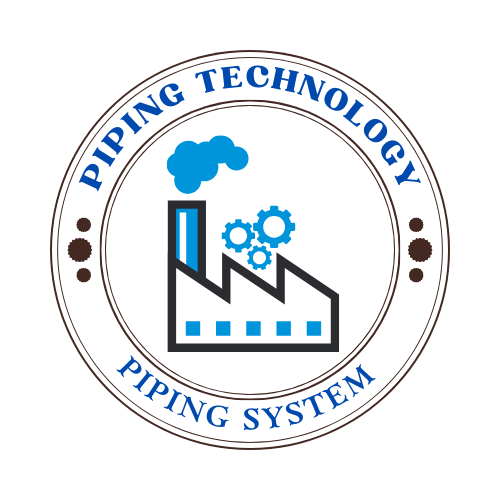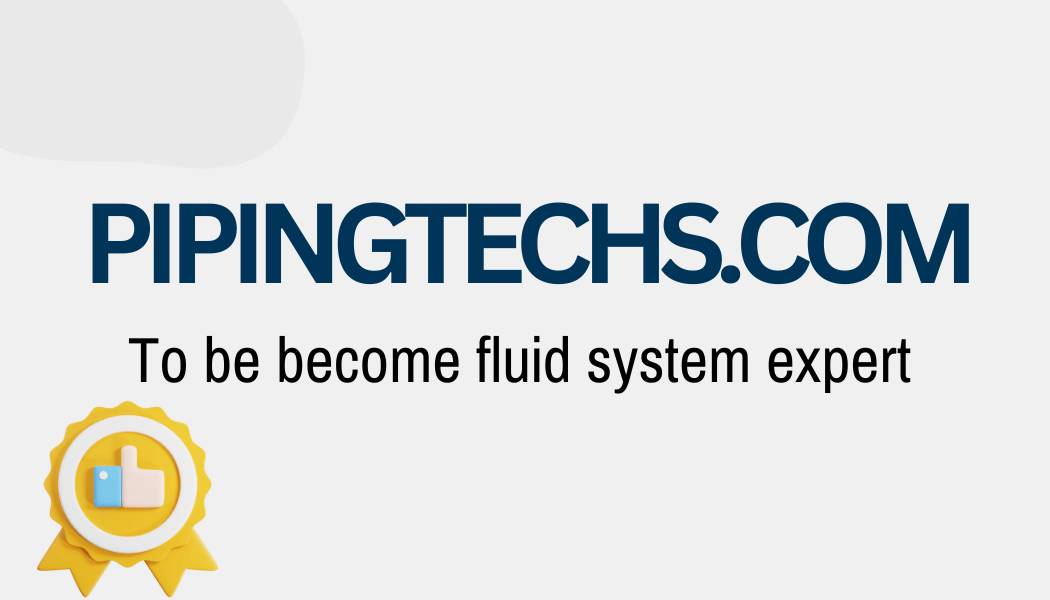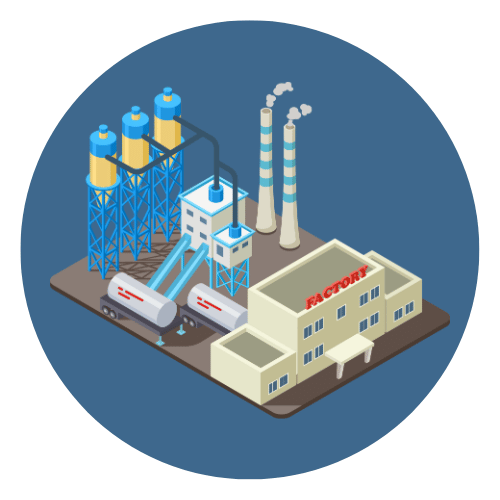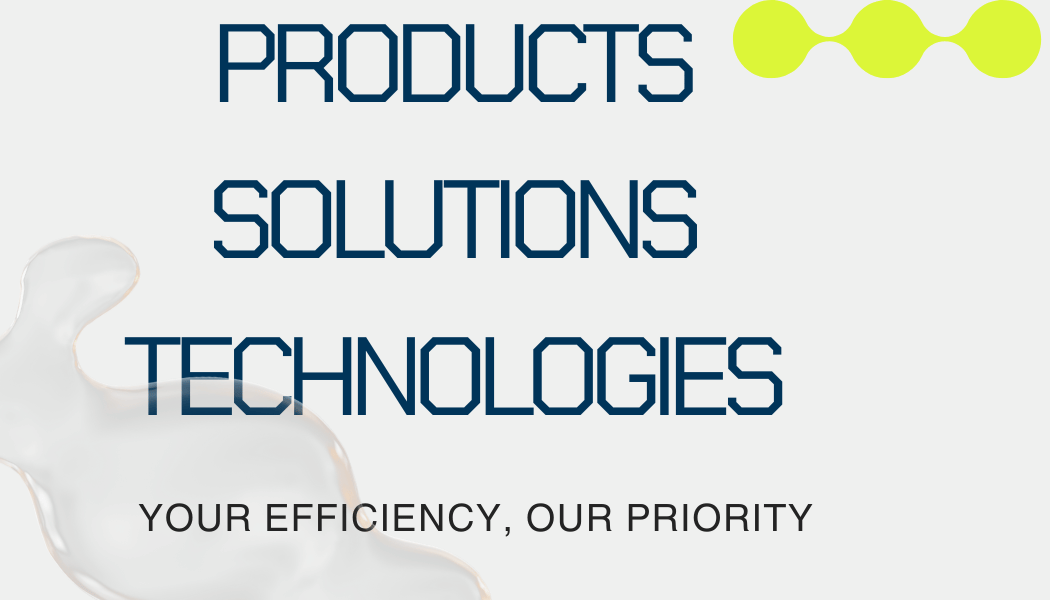| Porosity |
– Contaminated base material or filler. |
– Clean base metal and filler thoroughly. |
|
– Moisture, grease, or oil present. |
– Store materials in dry conditions. |
|
– Improper shielding gas or excessive gas flow. |
– Maintain proper gas flow rate (15-20 CFH). |
| ———————— |
—————————————————– |
————————————————- |
| Cracks |
– Rapid cooling or high residual stress. |
– Preheat base material to reduce stress. |
|
– Poor weld joint design. |
– Use proper joint design and reduce sharp angles. |
|
– High carbon content in base metal. |
– Post-weld heat treatment (PWHT). |
| ———————— |
—————————————————– |
————————————————- |
| Lack of Fusion |
– Low heat input or fast travel speed. |
– Increase heat input and slow down travel speed. |
|
– Incorrect electrode angle. |
– Maintain correct electrode angle (10-15°). |
|
– Dirty or painted surfaces. |
– Clean and grind surfaces before welding. |
| ———————— |
—————————————————– |
————————————————- |
| Undercut |
– Excessively high welding current. |
– Lower amperage and maintain steady arc length. |
|
– Fast travel speed or incorrect angle. |
– Reduce travel speed and correct electrode angle. |
| ———————— |
—————————————————– |
————————————————- |
| Slag Inclusion |
– Incomplete slag removal between passes. |
– Clean each weld layer before the next pass. |
|
– Low welding current. |
– Increase heat input for deeper penetration. |
| ———————— |
—————————————————– |
————————————————- |
| Incomplete Penetration |
– Low heat input or improper joint preparation. |
– Increase amperage and ensure full penetration. |
|
– Incorrect joint gap or root opening. |
– Adjust joint gap to proper specifications. |
| ———————— |
—————————————————– |
————————————————- |
| Overlap |
– Excessive filler metal or slow travel speed. |
– Use proper filler amount and increase speed. |
|
– Incorrect electrode position. |
– Maintain correct electrode position. |
| ———————— |
—————————————————– |
————————————————- |
| Distortion |
– Uneven heating and cooling of the metal. |
– Use clamps and fixtures to reduce movement. |
|
– Excessive heat input. |
– Weld in small passes and balance heat input. |



 Automation System
Automation System  Energy Engineeing
Energy Engineeing  Instrumentation System
Instrumentation System  Mechanical Engineeing
Mechanical Engineeing  Piping Technologies
Piping Technologies  Transportations
Transportations  Manufacturing
Manufacturing  Training Material
Training Material 











